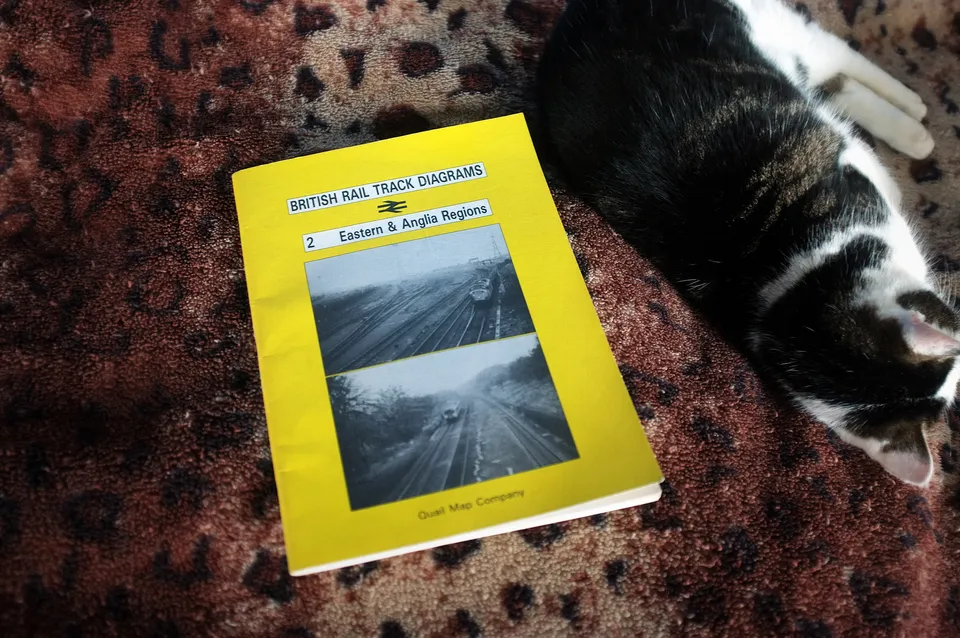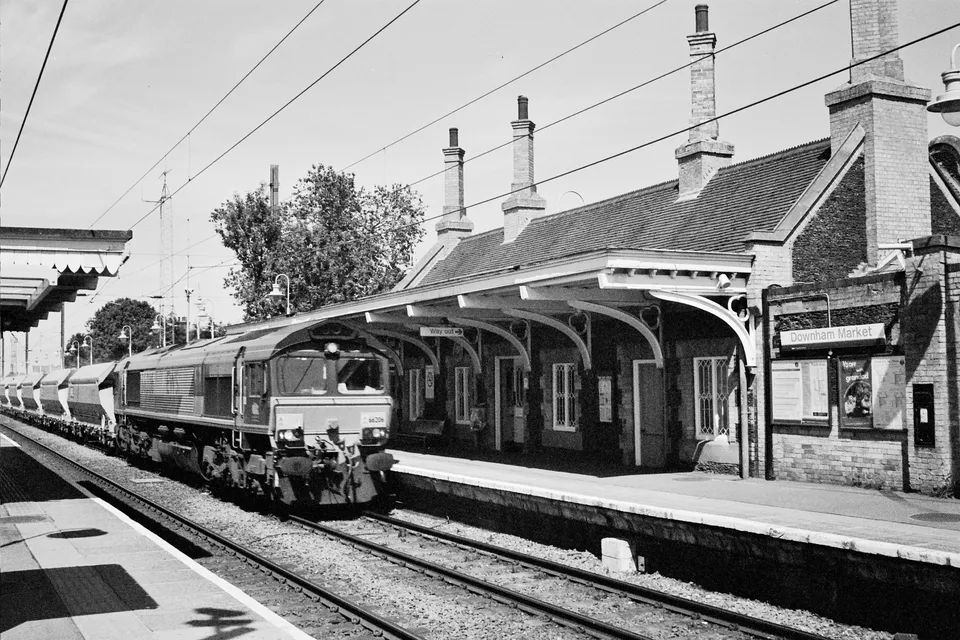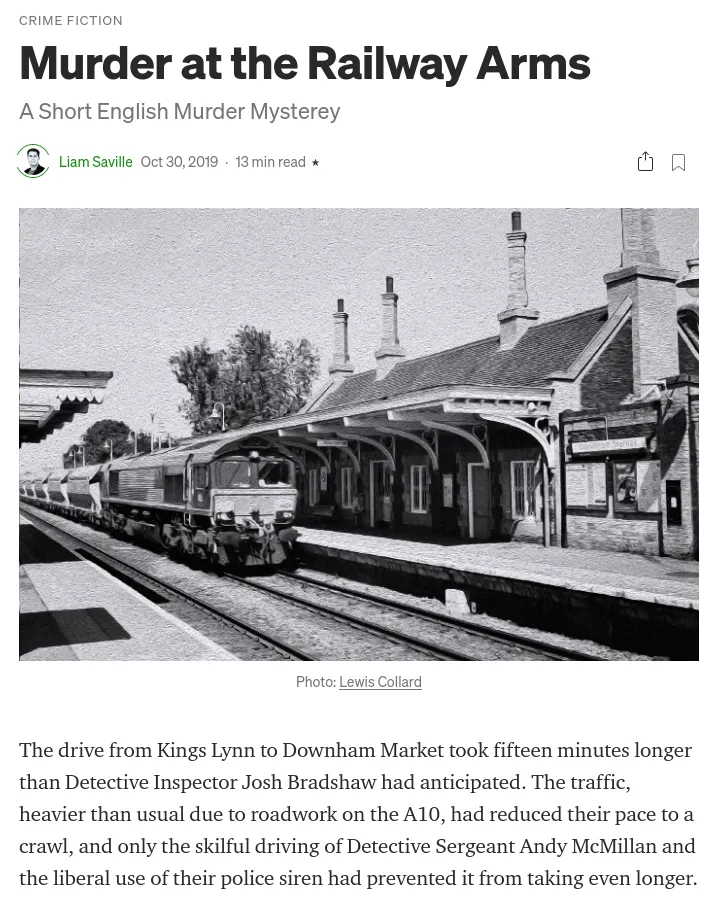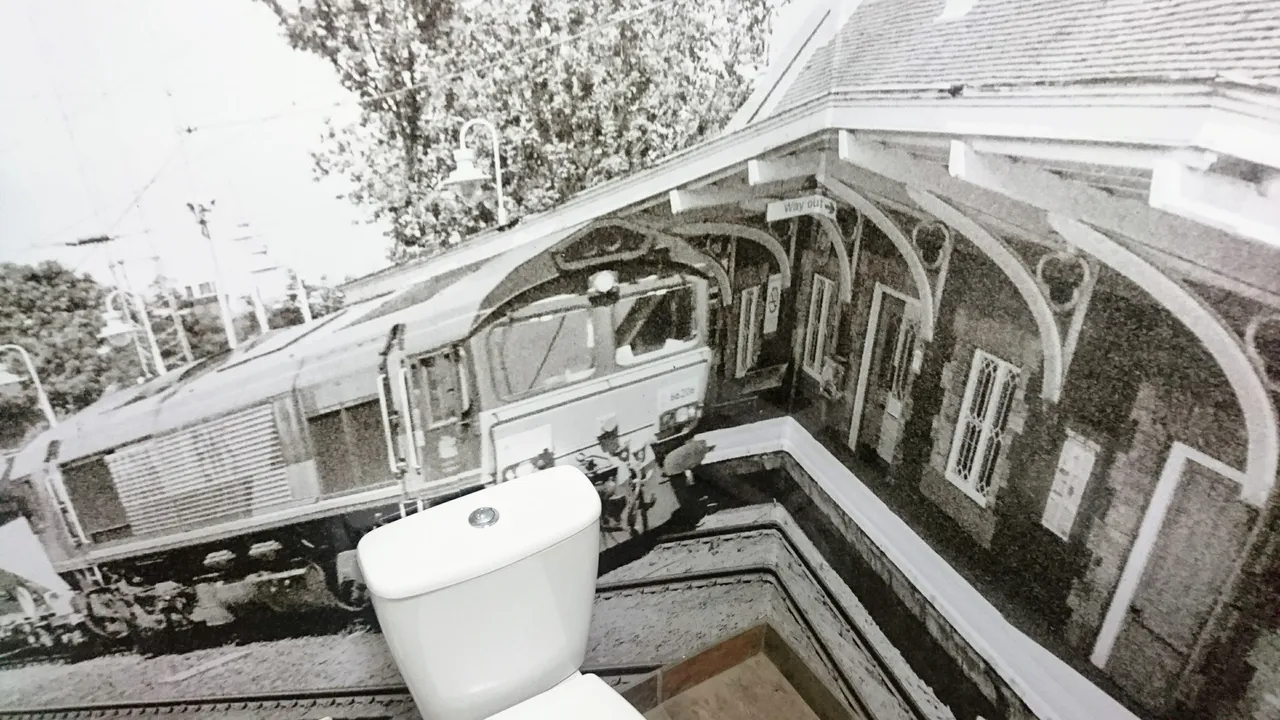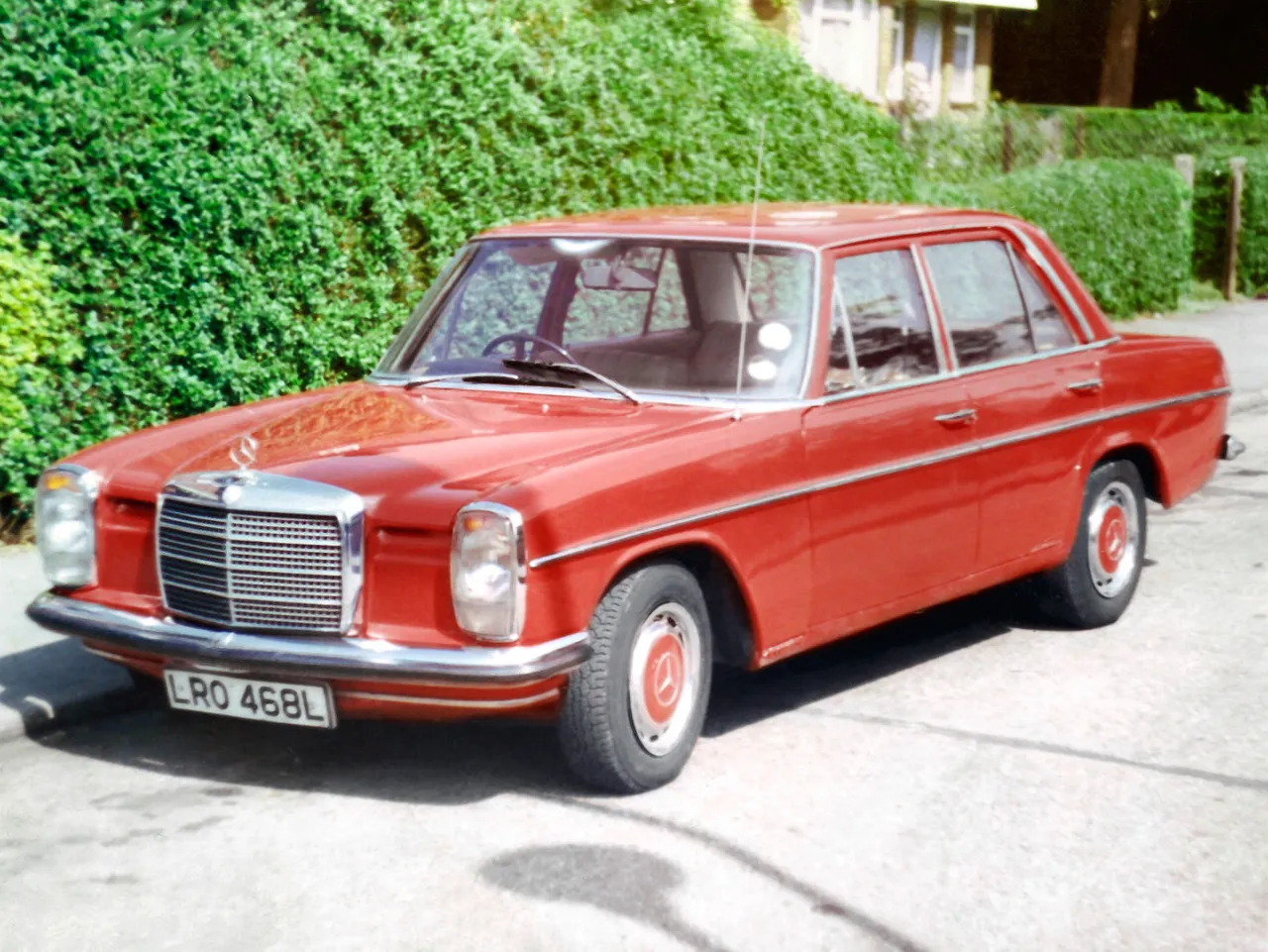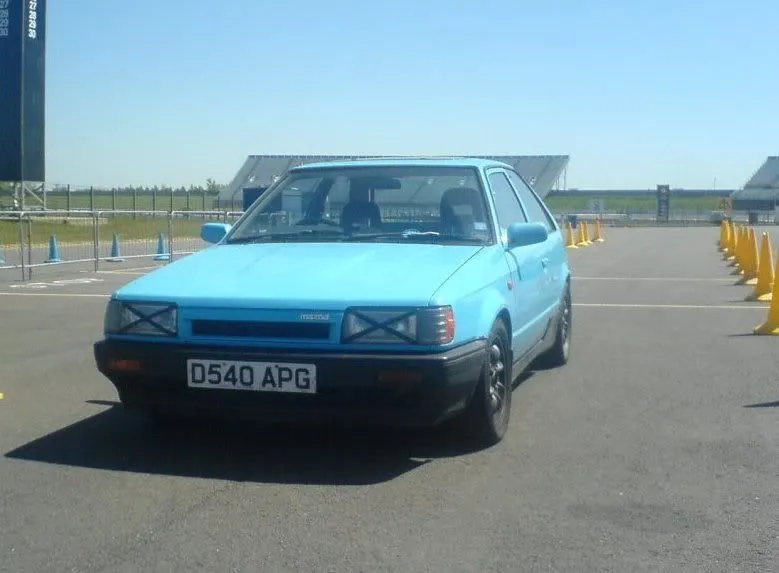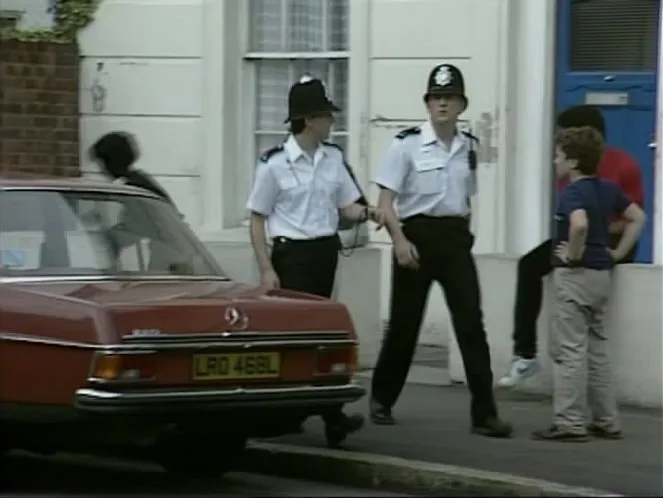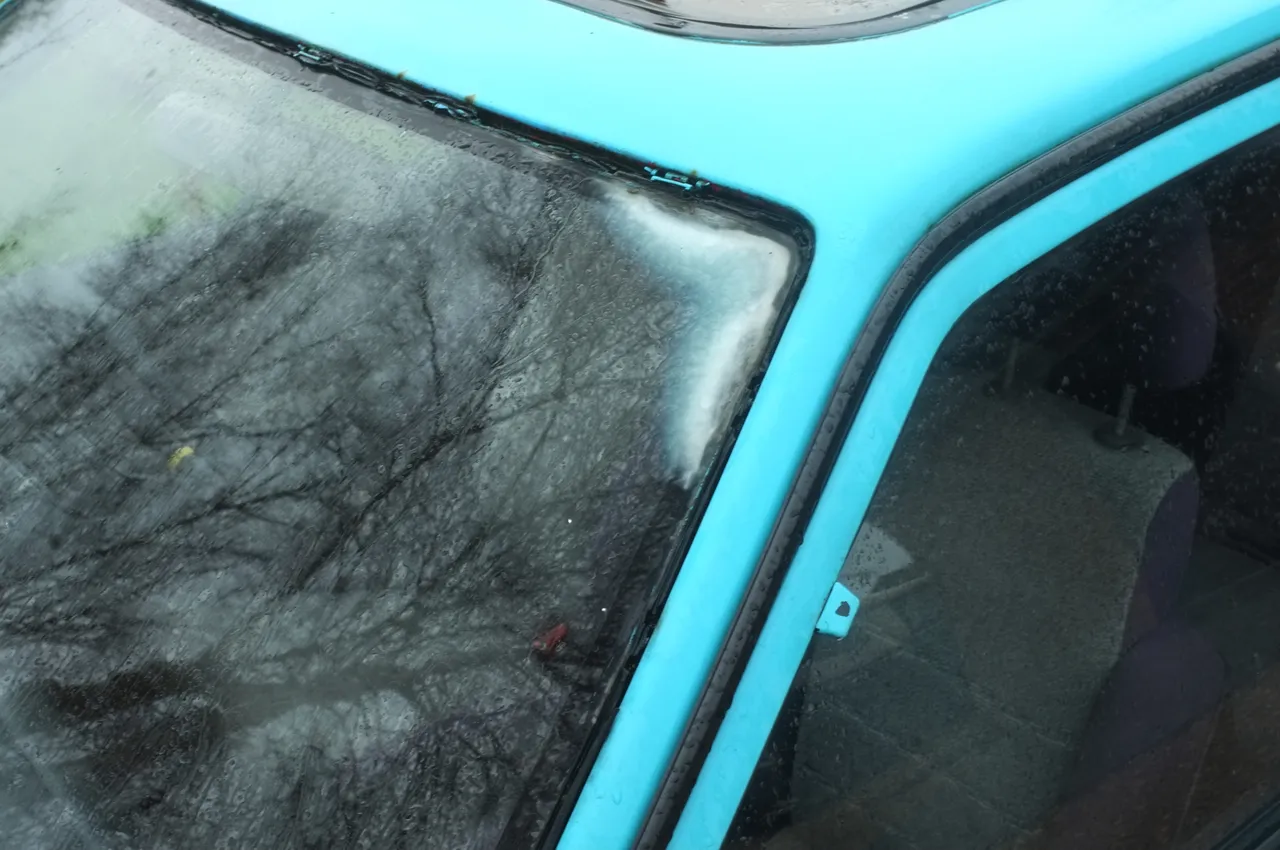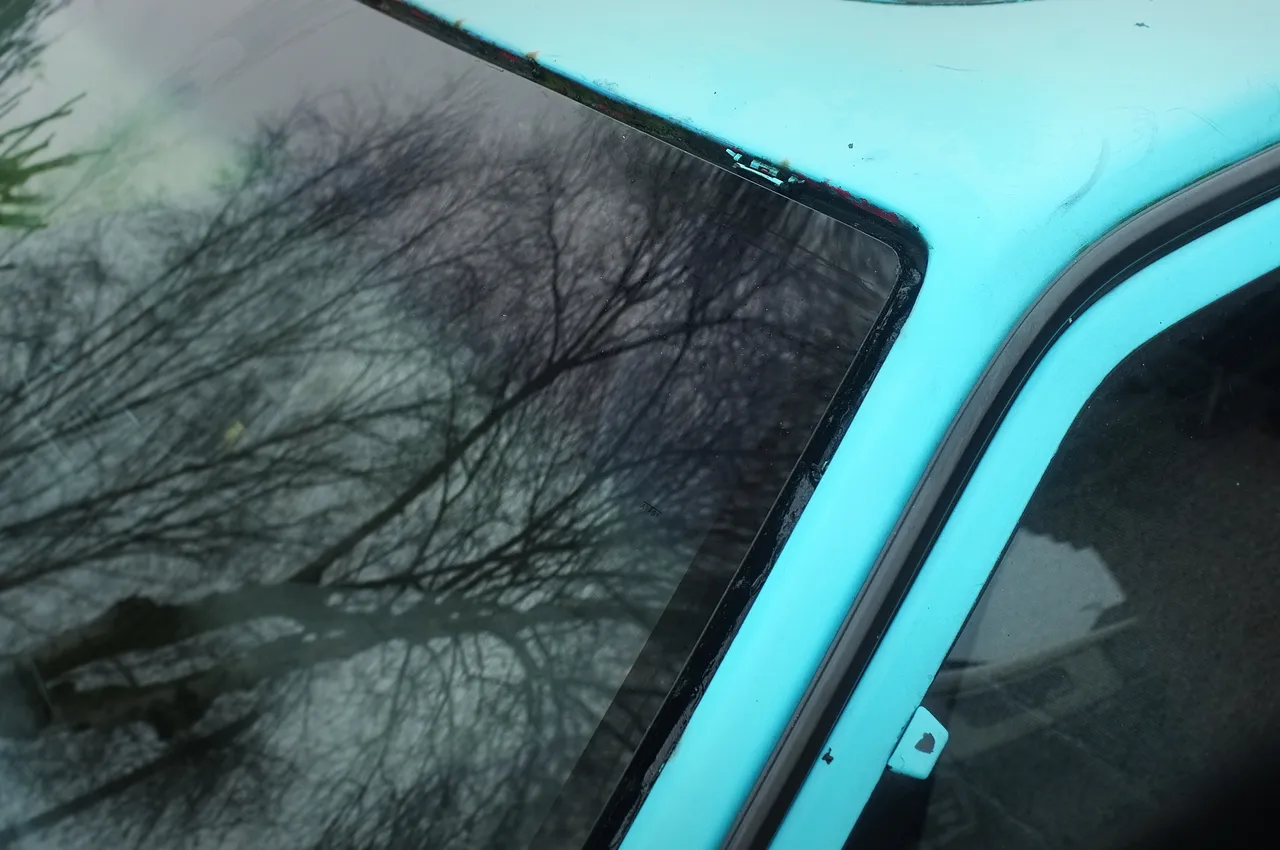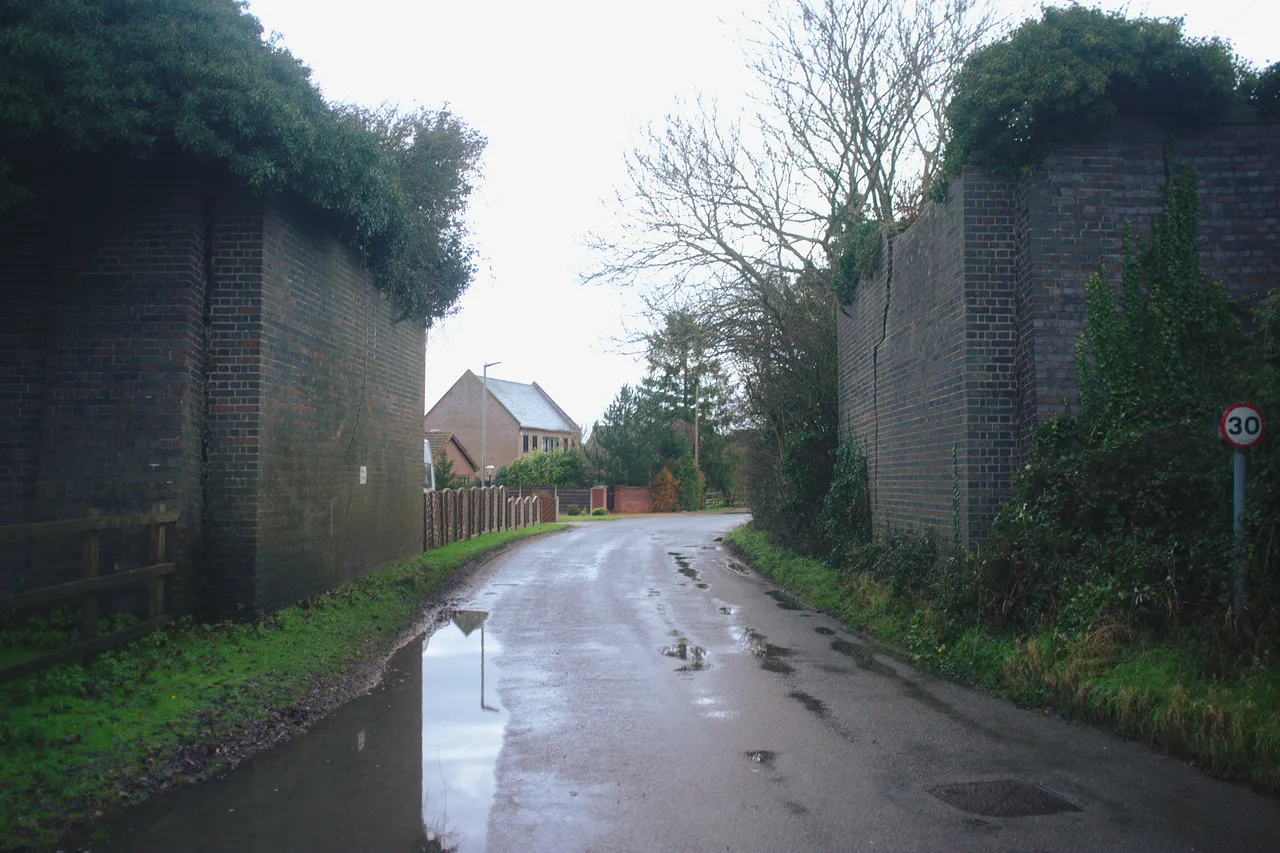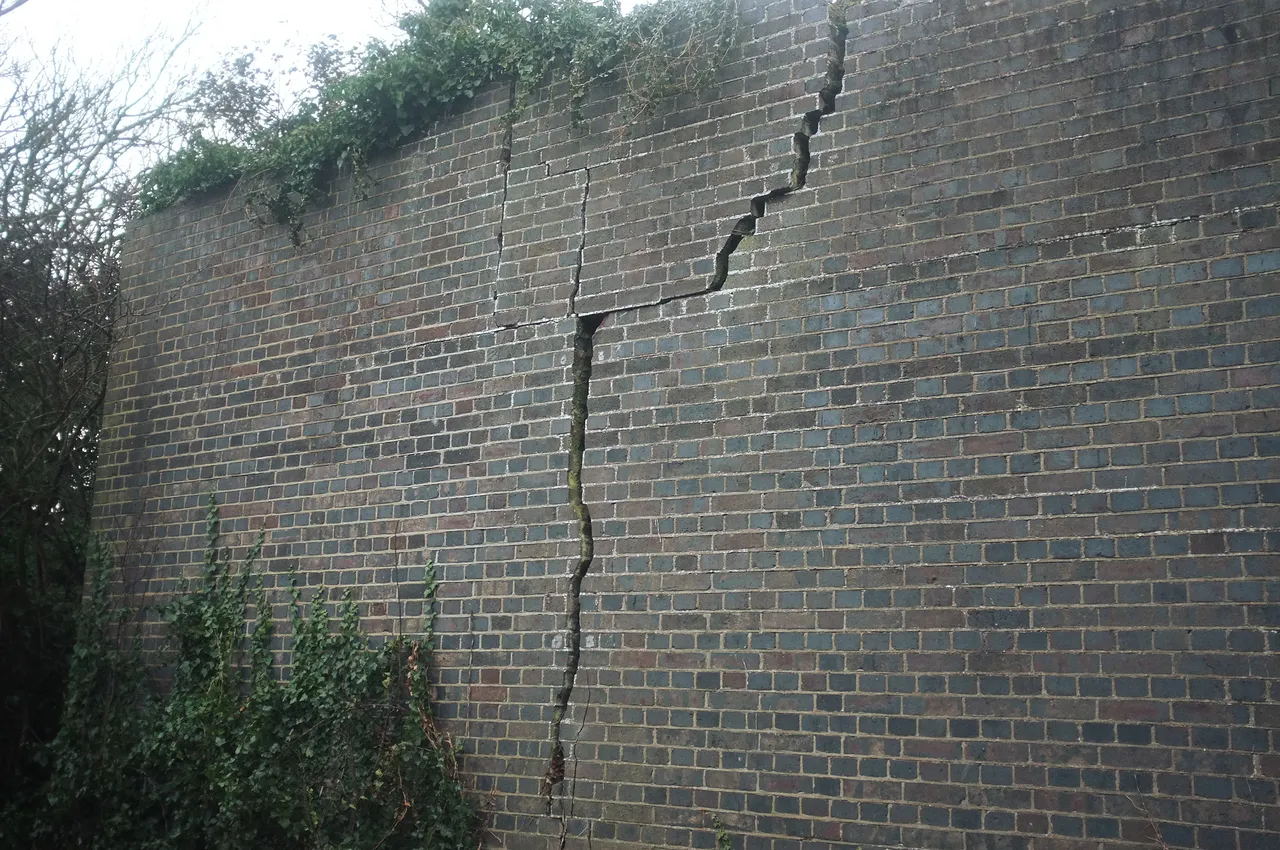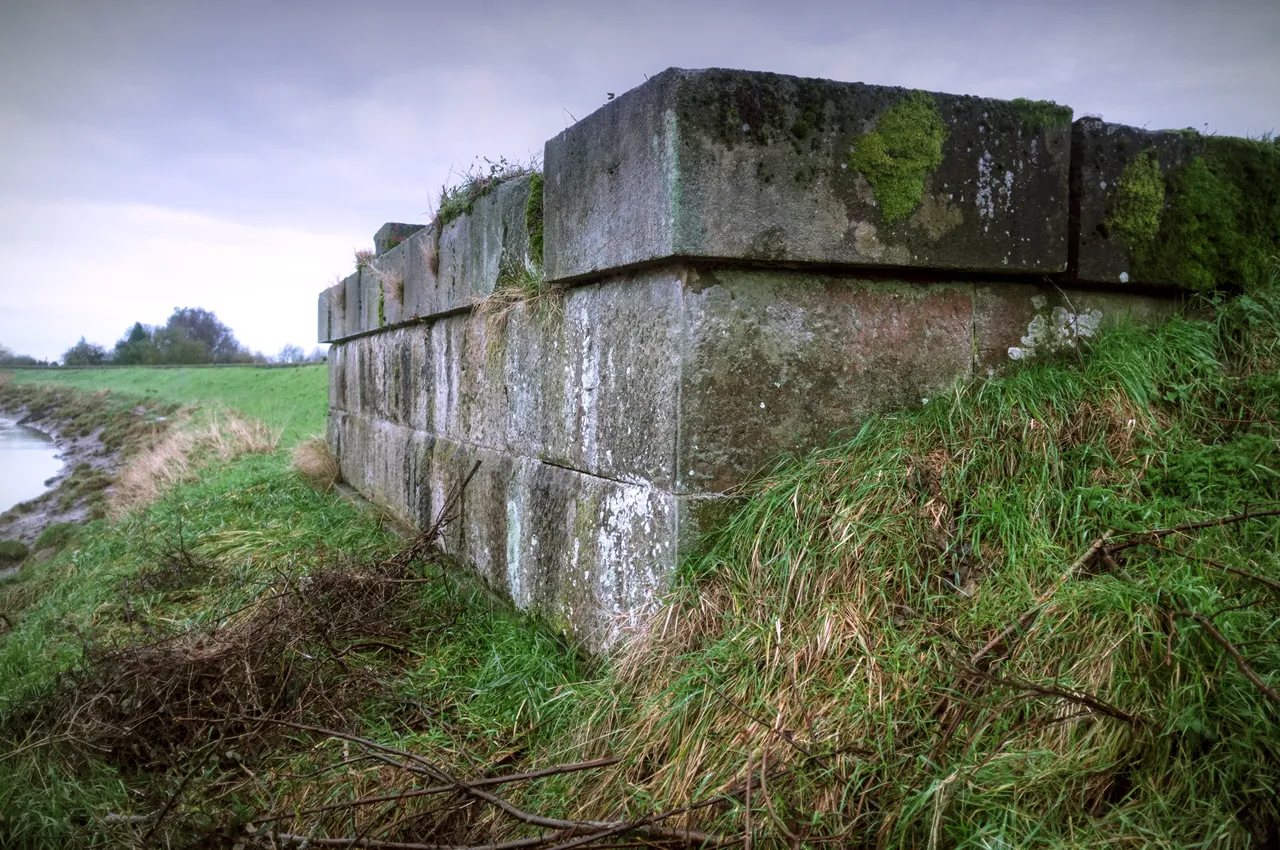Strange things happen when you put your stuff on Wikimedia Commons
You just saw a photograph of a freight train. It is not very interesting to almost anyone. But maybe a story about it would be!
A few years ago I was at Downham Market station. I don't recall why I was there. It might have been because I was broke at the time and had nothing better to do; most likely I had enough money to pay for a train ticket and doing nothing in particular in Downham was more fun than doing nothing in particular where I was. And I had an Olympus Trip 35 film camera loaded with Ilford XP2 black-and-white film in a pocket. A freight train passed through the station. I thought it was interesting and the light felt nice, and so I took a bad photo of a freight train heading through Downham Market, and later uploaded it to a site called the Wikimedia Commons.
I suspect the kind of person who reads my blog would be the kind of person to know what the Wikimedia Commons is, but I shall explain for those in the cheap seats: it is a website wherein anyone can upload their own stuff on the condition that it can be used by anyone, for absolutely any purpose, with or without modification. This means that your stuff gets used in really fun and unexpected ways. I know photos of mine that are not this freight train have showed up in books from serious academic publishers, scientific papers, and PowerPoint presentations.
The fact that photos of mine were used in PowerPoint presentations might make me worry whether my putting photos out there for anyone to use might have a net-negative impact on the world. But because of the "everyone can use this without needing to ask first" nature of the Commons, and bloggers needing photos they can use for decoration, various blogging services have invented ways for authors to find photos from the Commons to use in their posts. Which means my photos have been used in about a trillion blog posts! And probably a trillion more blog posts which I will never see.
Back to that photo of a freight train. This was one of hundreds I chucked onto the Commons over the years. I thought someone else might find it interesting, some time in the future. Or it could just sit there and do nothing but take up 1.81 megabytes of disk space! Which it did, for years. Then, someone wrote a short murder-mystery set at Downham Market station.
An Australian author called Liam Saville thought that photo was the right photo as the intro pic for his work. You must go and read the story. I loved it, and as a local I appreciate that he did a bunch of very small details very correctly. All of that while hanging upside-down! (This is how Australia works. I don't know how they do it.)
But (Arlo Guthrie voice) that's not what I came to talk about today. Some time later, I had cause to visit Downham Market again, and in particular, to use the bogs at Downham Market station. And while I was in there, I noticed the walls being covered in giant prints of various trains, and in particular noticed that one of the cubicles was covered in a black-and-white photo of a Class 66 locomotive passing through Downham Market...
...and it took me more than a moment to realise I was looking at my own photo covering an entire wall of a bog at the same station I photographed it 10 years before. I think that takes the "unexpected use of my photos" crown.
There's not a moral to the story here, because life is messy and stories with a moral are rarely true stories. Instead, I'll just say that free culture is beautiful, both for the people who choose to contribute their work and for all the people that use it. The folks doing a makeover of a station found the right picture to use to cover an entire wall of a bog. An Australian author found the right picture for his short story for free, without needing to ask me first.
In a different world, wherein I was protective about whatever privileges copyright law gives me, this would have been a boring snapshot of a train that nobody would have seen, rather than a boring photo of a train that probably thousands have, which now has has its own life outside of my control. And that, makes me happy. :)
Self-archaeology and the Internet Movie Car Database
This was my mum's Mercedes 220. It was glorious.
She bought LRO 468L for £500 in either 1989 or 1990, because back then it was merely an old car (though cars aged much quicker 30 years ago). It was beautiful, silent, luxurious, and very wafty. I loved it, and everyone else did. She sold it a few months later for slightly more than she paid for it, because it needed welding work on the floorpan. A very young Me did not talk to her for a day after that.
It was last MOT'ed in 1990, so we can probably conclude it does not exist anymore (or, to avoid offending those of you who believe in the laws of thermodynamics, exists in an entirely different form). A W114 or W115 is still on my bucket list of cars to own. It might even be the next project I build, if my next project starts before the prices of these go through the roof.
Fast-forward just a few years. Recently, someone pointed out that if you search for a registration plate on Google Images, there's a good chance that it will find a photo of that car, because Google indexes any text it finds within an image, and may notice the text on the numberplate. Like ANPR, but for everything.
It worked on my car. Among others, it found a photo taken at the late Rockingham Motor Speedway, which my brother (the previous owner) took in 2007 back when "camera phone" still meant "thing with a dialpad", and posted on a forum in 2008.
It worked when I entered the registration of this Mercedes, too. I know the registration off by heart, because my memory is weird. I remember a Windows 95 product key that I last used in anger in 1997, and the registration of my mum's car from 31 years ago, and sometimes draw a blank when I have to enter my PIN into a cash machine.
The first result was the picture you saw at the top of this article. I uploaded that photo to Wikimedia Commons over 15 years ago, and things often spread to weird and unexpected places when you do that. (I'll tell you the story about the wall art in the bogs at Downham Market station some other time...)
The second and third images were the offspring of obsessive categorisation at scale. I would hope any petrolhead would know about the Internet Movie Car Database, wherein a (presumably vast) number of very dedicated people are aiming to identify every car in every film & television program. If your car appeared in the background of, e.g., an episode of The Bill in December 1984, then there's a good chance someone has captured and categorised it.
Well how about that!
But wait: It's brown! Or at least looks brown. Did it get a respray before my mum owned it? Or did a worn 80s VHS tape not reproduce the glorious red that it was? I won't ever know the answer to that, and I am okay with that.
The cars we knew in our youth are, or will be, almost all lost to time and entropy; only a very few are lucky enough to be recommissioned or restored. But this Mercedes was lucky to have its few seconds of fame on the small screen, and was immortalised, to some very tiny extent and entirely accidentally, by some extraordinarily committed people on the Internet. That's more than most cars will get, and that, is good enough for me.
One more job from the giant pile of necessary jobs
Mazda Amy has a new windscreen. This could have happened several months earlier. More about that in a moment.
My windscreen was not broken. It was, however, severely fogged in the corners, where water had made its way into the laminates and had started to separate them.
This is not an MOT failure right now, though it may have become one in the future as the fogging spreaded. It may have weakened the glass in the corners, though for many other reasons I'd be so completely doomed in an accident with the modern artillery tractors 4x4s half the country drives these days that I don't think it'd make any practical difference in an accident. I was not convinced that it was watertight. It definitely looked terrible, and was for some time on my list of things to fix.
The used market for vehicle glass is tricky. Whenever I've stripped a car for parts, the glass has always been nearly impossible to sell (and for windscreens, that can only happen if one manages to get the glass out intact, which only ever happens on non-bonded windscreens from very old vehicles). There's usually only a small time window available; you generally try to get rid of the glass at the very end, right before you send the shell off for scrap. That means when you're looking for glass you'll almost certainly not find it.
Not that I really wanted a used windscreen, but going used is often the only option for very old and/or rare cars. I certainly did not think that one of the mainstream glassmongers would be able to obtain one, so I did not try. It was as a last resort that I thought to try Autoglass, whose site claimed they were able to do a replacement. It seemed implausible to me at the time, but I rolled with it.
I originally booked this replacement in October. I heard nothing back for a couple of months. When I poked them last month the very nice lady on the phone explained that it entered their system, and then nothing happened, for unclear reasons.
Not to worry. Autoglass Lady quickly made things right, and Autoglass went about sourcing a new windscreen. When they got back to me, the same Autoglass Lady (or at least sounded the same) used the definite article ("the windscreen") in quite a precise fashion; a fashion that implied the windscreen they had sourced was the only one they could find in the country. So if you've come here from a search engine because you're trying to source a windscreen for your BF 323 in the UK: I probably took the last one. I'm sorry.
The windscreen has a blue tinted sunstrip, which the original did not. My car is blue, and will be staying blue even after I get it into a bodyshop, so I am okay with that. Even if I wasn't okay with that, I'd have to deal with it, because it is the windscreen and I will take whatever I can get.
I can't even remember whether I have windscreen cover on my insurance, and I do not care to look right now. But even if this was eligible for an insurance replacement, which is unclear, claiming for it would have felt fraudulent as I knew about this problem long before I insured the car. So, I paid for this out of my pocket. The cost was a mildly eye-watering £431. That included fitting, of course, as this is definitely not a job I would consider doing myself, but still...
I won't fault Autoglass for this, because this is an exceptionally rare car (even in non-turbo, non-4x4 form) and I would expect the price of the windscreen to be priced accordingly. I'm actually very happy with them, because once the disappearing-booking mistake was rectified their service was outstanding, and because they managed to source the windscreen, which is something I never expected.
So that's one more pile of cash in the furnace, and one more job out the way. This also means I can tidy up the trims that normally cover the very visible gap you can see and get those fitted, too.
Onwards!
Wordoid is crack cocaine for word nerds

Link.
I don't think I will sleep until I get my score into four digits.
Visiting some remnants of the Lynn & Wisbech railway at Magdalen
Word came my way (via notable railway explorer Paul Whitewick) that The Highways Agency's Historical Railway Estate were looking to demolish a bunch of former railway structures. One of those structures is very close to me - close enough to make a rather nice early morning walk. So, not very long ago, I wandered down to visit a pair of bridge abutments in Wiggenhall St. Mary Magdalen that are at risk of demolition in the very near future, to photograph them for posterity (all these pictures have a long-term home on Wikimedia Commons, in full resolution).
HRE calls these two bridge abutments MMR/2333.[1] These used to carry trains from Watlington (previously Magdalen Road), where a branch line left the current Fen Line, to Wisbech. This line closed in 1968. As with many such closures, this one strikes me as rather short-sighted; while many of the smaller stations on the line certainly seemed pointless, one wonders how much less busy the A47 would be if one could hop on a train from King's Lynn to Wisbech today.
This is one of the abutments, which despite the overgrowth on the top looks to be in reasonable condition.
The one on the east side, less so. I could see why HRE would consider it an liability, and an unnecessary one.
As bonuses, because there were no photos of it on the Commons, there are the remnants of another bridge only a short while to the East of this structure:
This abutment was for a bridge that carried the above-mentioned Wisbech branch over the River Great Ouse. It is unclear when the bridge deck was removed. Just to the East of this structure is a glorious bridge, fully intact, but I didn't photograph it this time around.
There is a campaign group with a Twitter that is aiming to save some of these at-risk structures, especially the ones that have some hope of being repurposed for some alternative use (which MMR/2333 almost certainly does not).
Also, while on my way to MMR/2333, was something even I didn't know about after however many years I've been here: the remains of a spigot mortar emplacement!
Spigot mortars, in particular the Blacker Bombard, were fairly crude weapons to be used by the Home Guard in the event of a German invasion during World War II. I do not know where this one was originally sited; its current location would have been on a railway embankment that was levelled at some point after closure.
1 - "MMR" stands for "March to Magdalen Road", the latter being the name of Watlington station until 1989.
